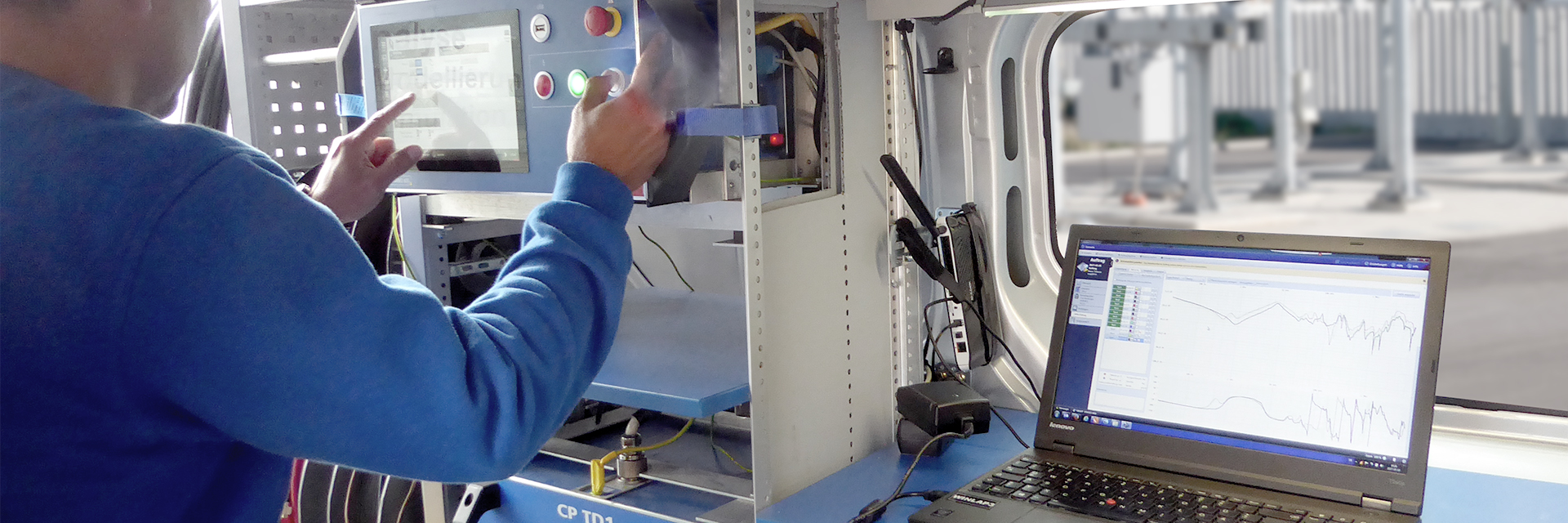Broadband current measurement system on bushings
Broadband current measurement is a measurement in which the transmission behaviour (frequency-dependent complex transformation ratio) of the sensor used (e.g. current transformer) is linear and resonance-free.
The bandwidth requirements of a current measurement depend on the phenomena to be evaluated from the measurement. In practice, a common application is a power quality measurement according to IEC standards 61000-4-30 and 61000-4-7, which have specific bandwidth requirements.
According to the IEC standards, for example, harmonics should be able to be assessed with a high degree of accuracy at least up to the 50th order (i.e. 2.5 kHz).
As an extension to this, power quality measurements are increasingly being carried out according to IEC 61000-4-7, covering the range from 2 kHz to 9 kHz. Due to the increased use of converter technologies with pulse width modulation (PWM), the so-called super harmonics in the frequency range from 2 kHz to 150 kHz are also increasingly coming into focus, for which suitable measurement concepts are already required from medium voltage.
Due to the fact that the usable frequency ranges of the usual inductive current transformers are limited, alternative current transformers must be used for a reliable and resilient measurement of the power quality as well as for a measurement of transient processes (especially in the extra-high and high voltage).
One option is to retrofit the (substation) equipment with electronic current transformers, such as optical current transformers. Since this option is not always feasible for various reasons (time, costs, space, etc.), there is very often a need for a short-term and cost-effective alternative.
This problem was recognised by Hubert Göbel GmbH and a service concept was developed as a solution to it, which is described in this document.

